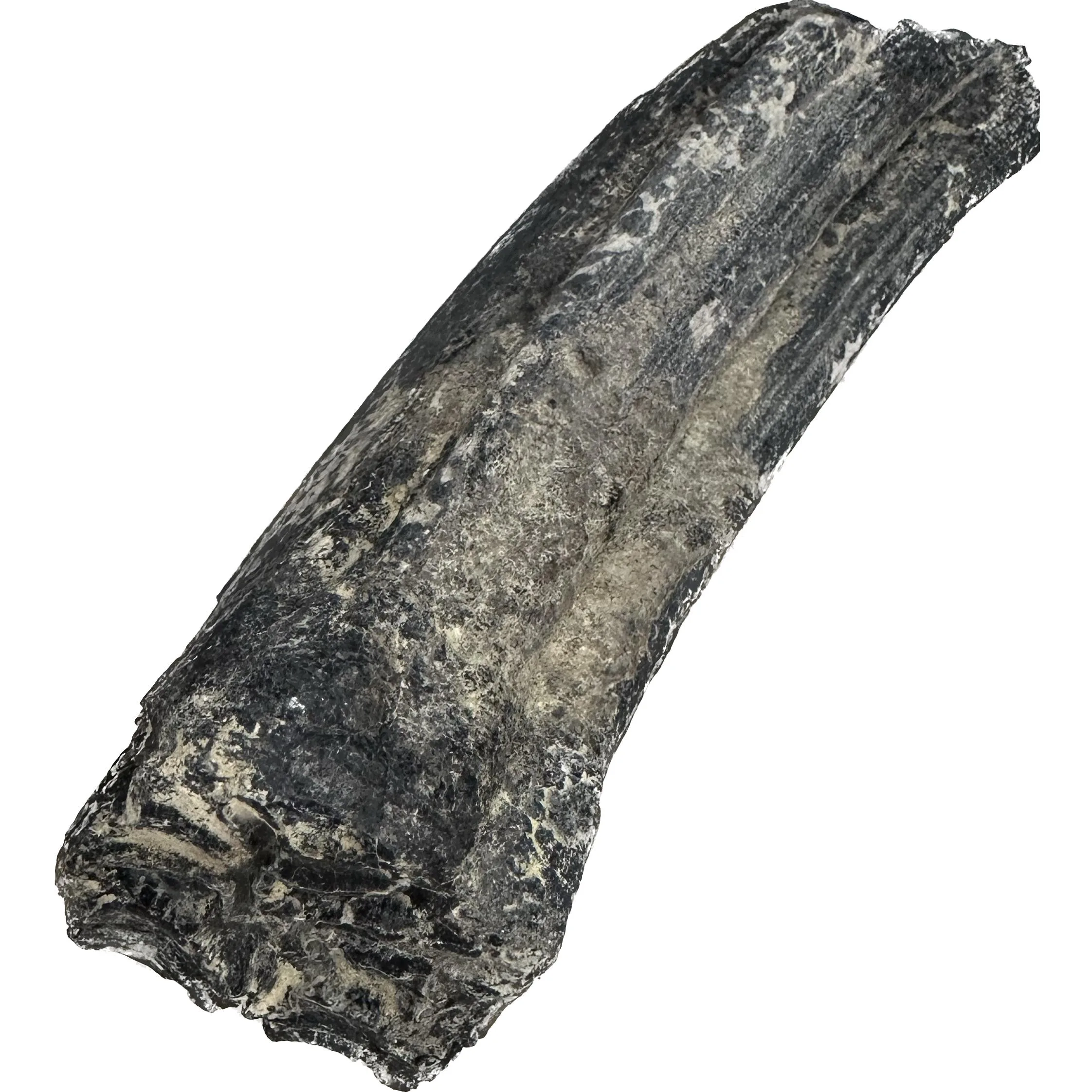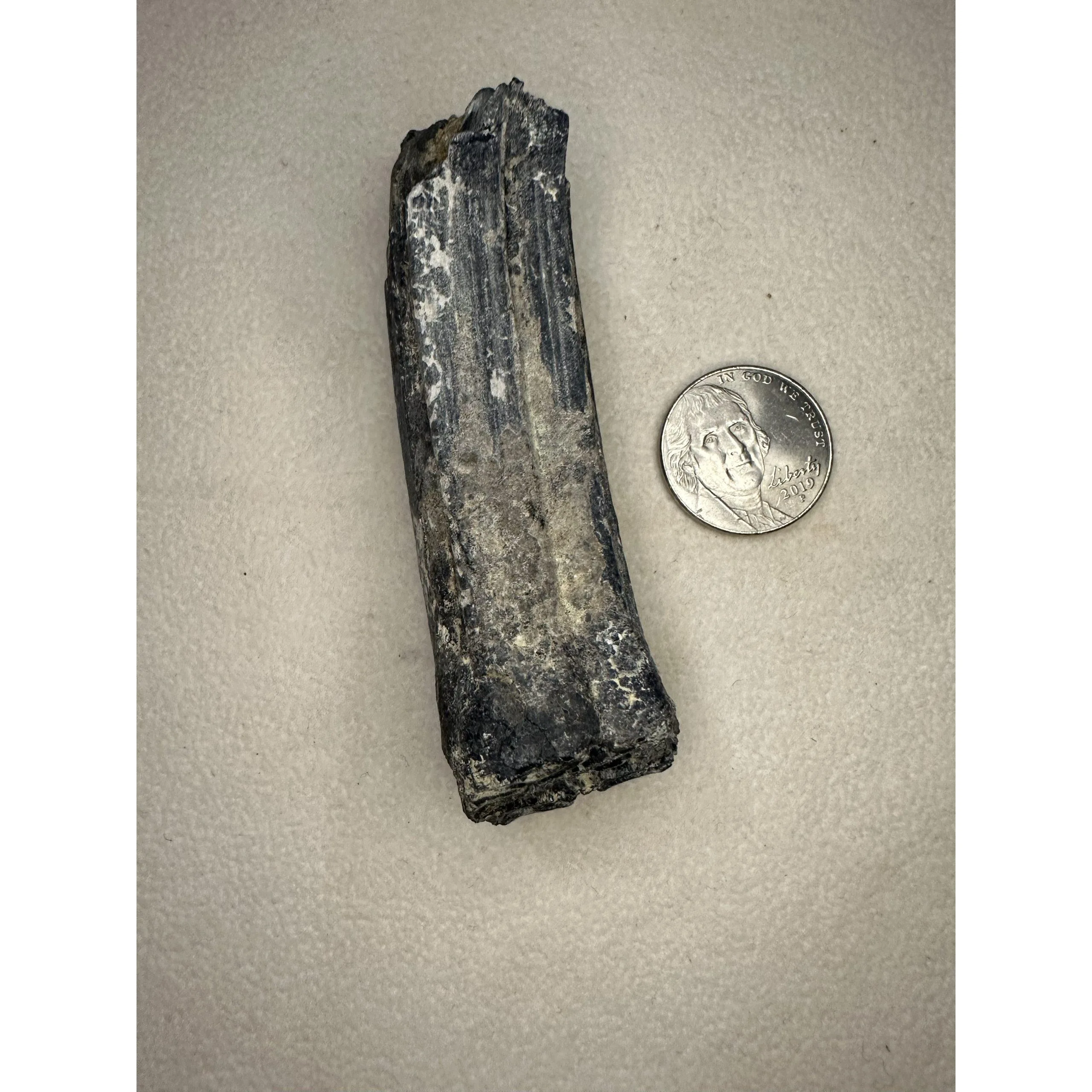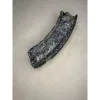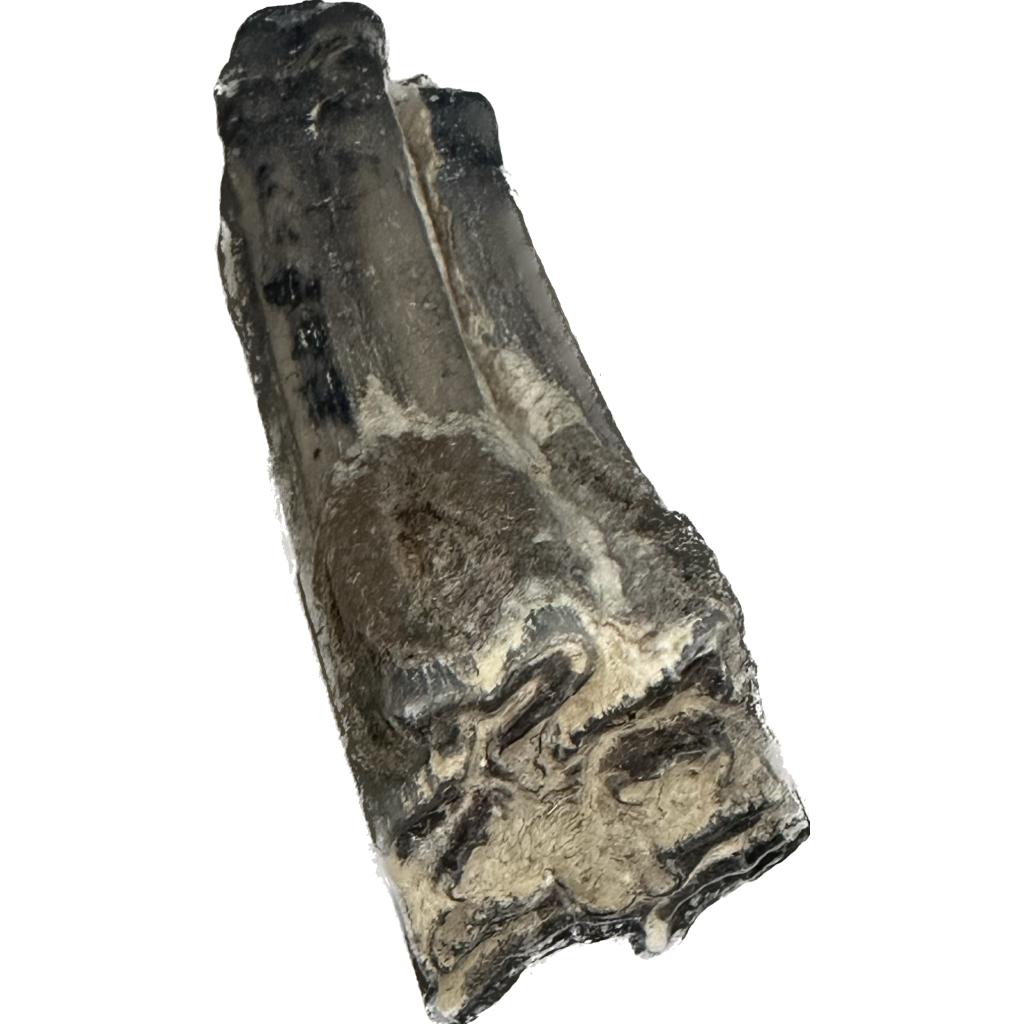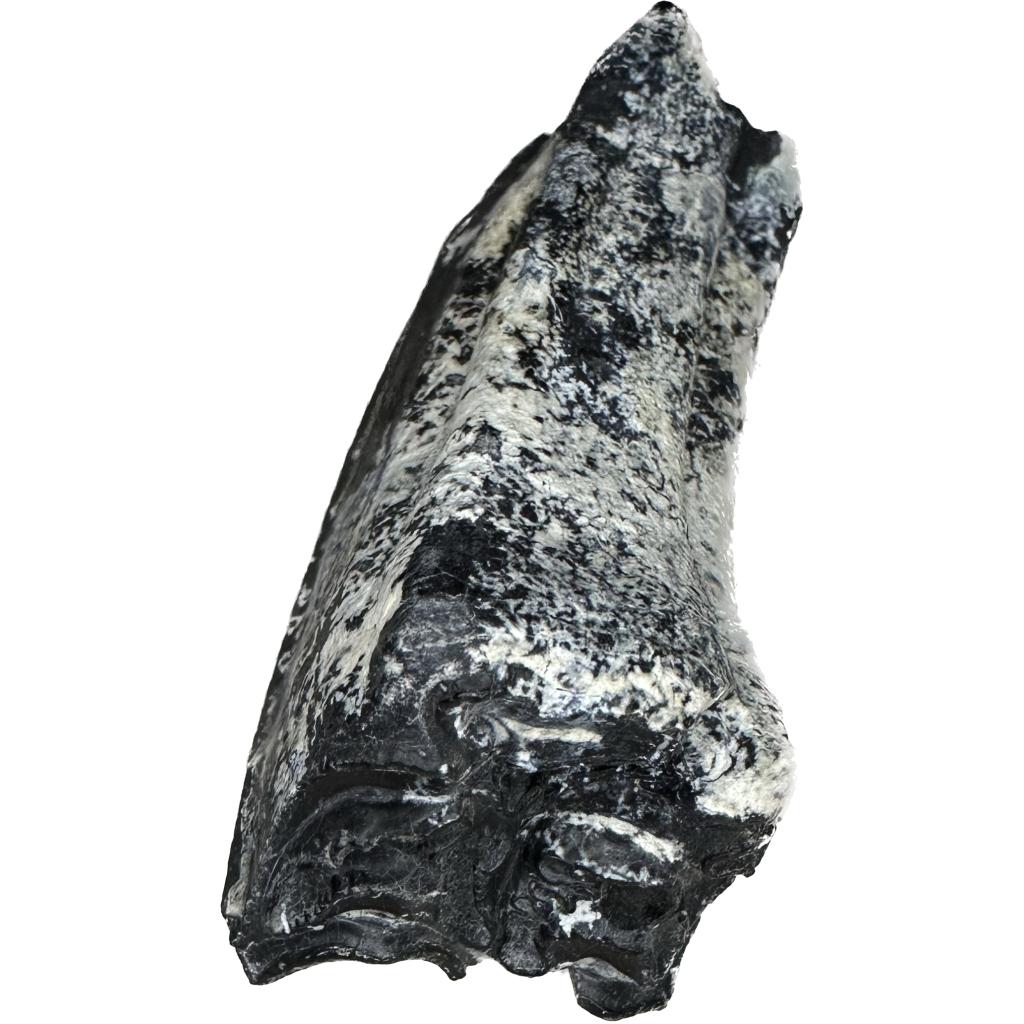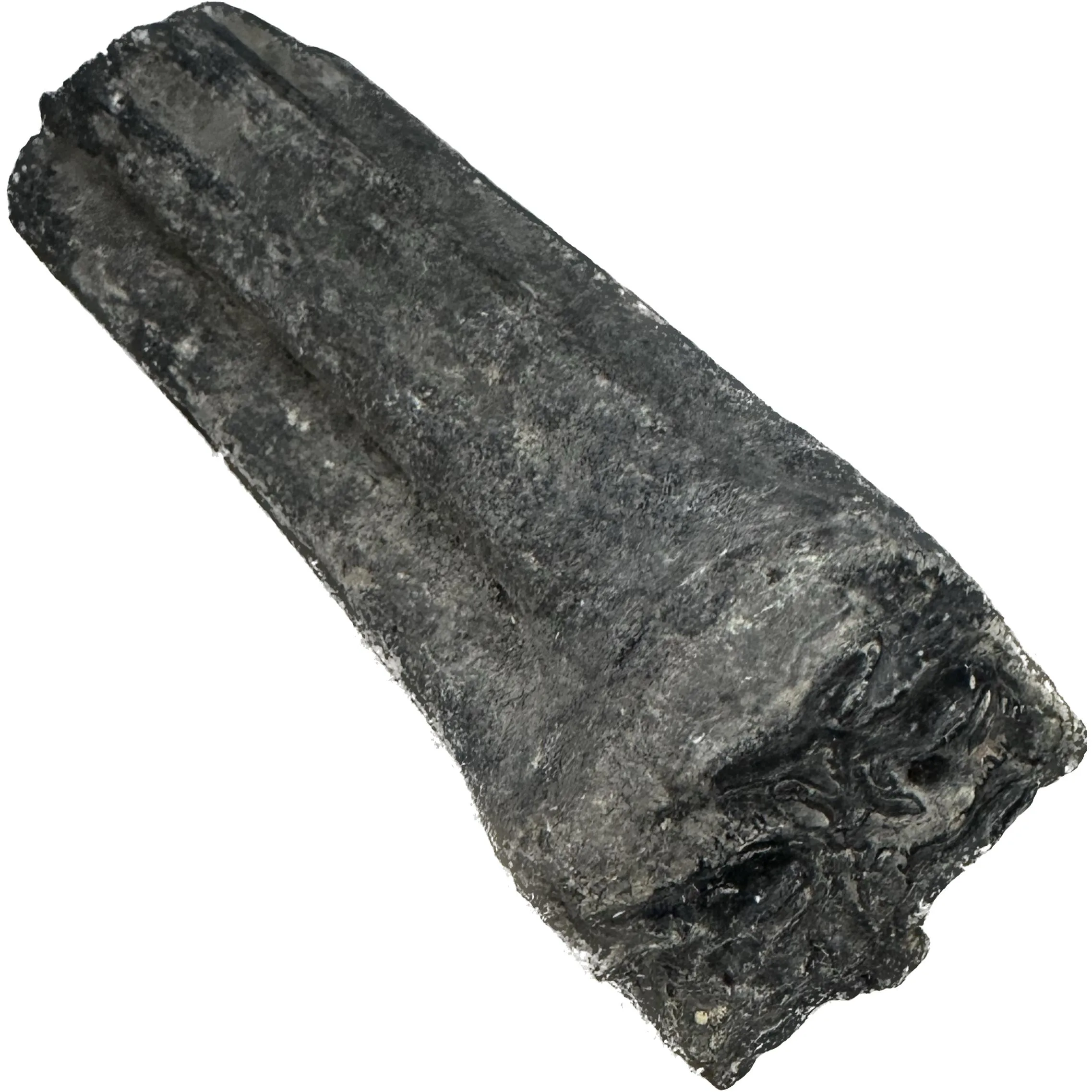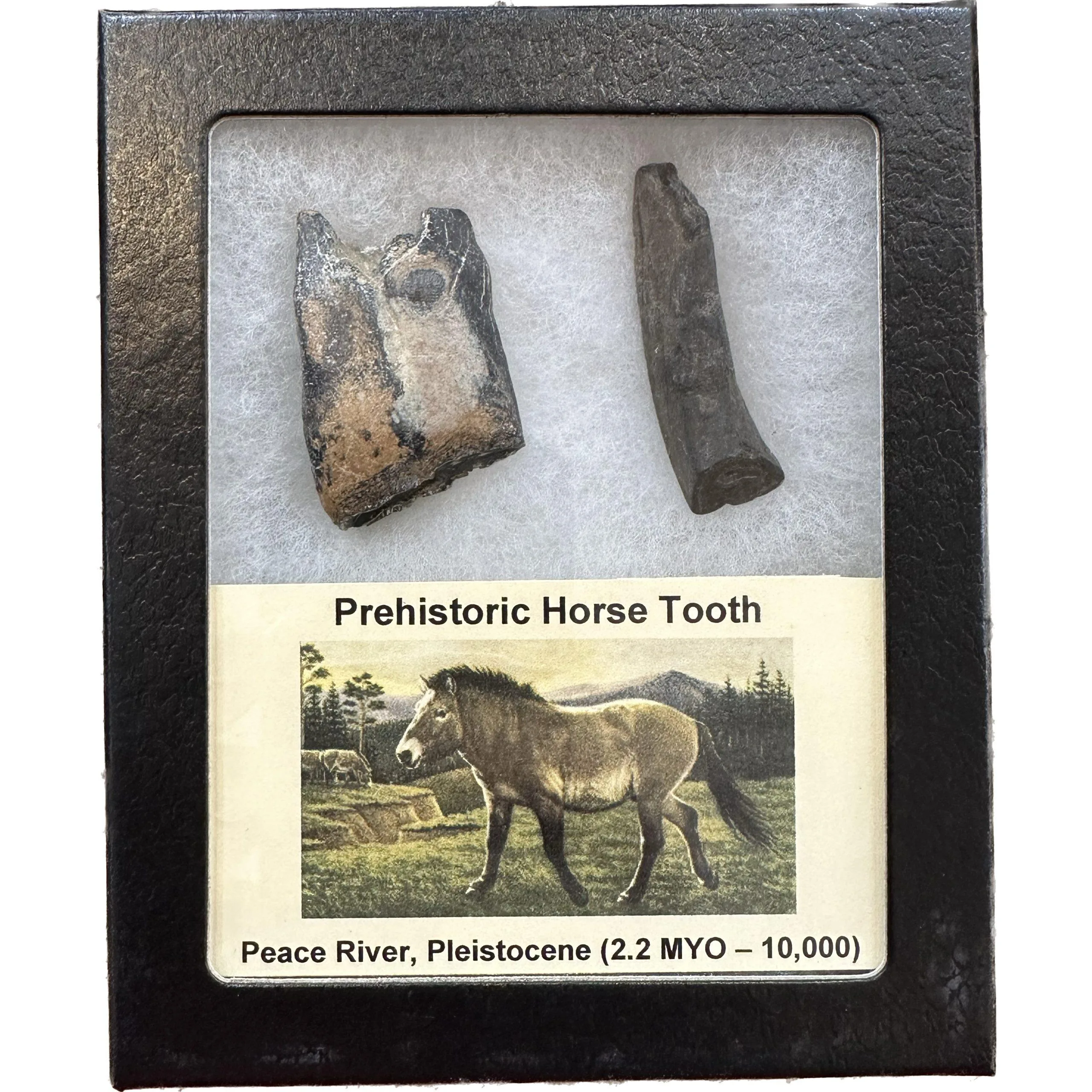Fossil horses offer a captivating glimpse into the evolutionary history of one of the most iconic mammals on Earth. These creatures have undergone remarkable transformations over millions of years, adapting to diverse environments and ecological pressures. From the lush landscapes of ancient Florida to the sweeping plains of Wyoming, fossil horse remains have been unearthed, shedding light on their evolutionary journey.

The story of fossil horses begins approximately 55 million years ago during the Eocene epoch, a time when the Earth’s climate was significantly warmer than today. One of the earliest known ancestors of the modern horse is Eohippus, also known as Hyracotherium. This diminutive creature was about the size of a small dog and roamed the dense forests of North America. Fossil evidence suggests that Eohippus had four toes on its front feet and three toes on its hind feet, a characteristic feature that distinguishes it from its modern descendants.
As geological and climatic conditions changed, so did the habitats of early horses. During the Oligocene epoch, around 30 million years ago, vast grasslands began to emerge across North America. This shift in environment favored larger, more robust herbivores, leading to the evolution of species like Mesohippus and Miohippus. These horses exhibited adaptations such as increased body size and elongated limbs, which were advantageous for running across open plains.
The Miocene epoch, spanning from approximately 23 to 5 million years ago, witnessed further developments in the evolution of horses. Species like Parahippus and Merychippus thrived during this time, displaying more advanced dental structures and limb proportions suited for sustained running. Fossil sites in Florida, such as the Thomas Farm locality, have yielded valuable specimens of these ancient equids, providing insights into their anatomy and behavior.
By the late Miocene, around 7 million years ago, horses belonging to the genus Equus had emerged. Equus encompasses modern horses, zebras, and asses, making it one of the most successful and widespread genera in the equine family tree. Fossil evidence suggests that early Equus species were present in both North America and Eurasia, indicating a dispersal across continents facilitated by land bridges and changing sea levels.
During the Pleistocene epoch, approximately 2.6 million to 11,700 years ago, the Earth experienced numerous glacial cycles, leading to fluctuating climates and the expansion and retreat of ice sheets. In North America, the Pleistocene megafauna, including mammoths, saber-toothed cats, and giant ground sloths, roamed alongside ancient horses. Fossil sites in Wyoming, such as the famous Natural Trap Cave, have preserved a wealth of Pleistocene fauna, offering researchers a glimpse into prehistoric ecosystems.
Florida, with its rich fossil record and unique geological history, has been a treasure trove for paleontologists studying ancient horses. The state’s limestone deposits have yielded exceptionally well-preserved fossils dating back millions of years. Localities like the Montbrook site in Levy County and the Santa Fe River deposits in Alachua County have provided crucial insights into the diversity and evolution of Florida’s prehistoric fauna, including horses.
One of the notable species found in Florida is Equus scotti, commonly known as Scott’s horse. This species inhabited the region during the Pleistocene epoch and exhibited adaptations to the subtropical environment of ancient Florida. Fossil discoveries of Equus scotti have helped researchers reconstruct past climates and ecosystems, revealing a landscape teeming with diverse wildlife, including other herbivores like mastodons and giant ground sloths.
The end of the Pleistocene epoch marked a significant transition for horses in North America. As the climate warmed and human populations expanded, many large mammals, including horses, faced extinction. The exact causes of the Pleistocene megafaunal extinction remain debated, with factors such as climate change, overhunting by early humans, and ecosystem disruption likely playing significant roles.
Despite the extinction of many large mammals at the end of the Pleistocene, horses managed to survive and adapt. The domestication of wild horses by early human societies marked a pivotal moment in human history, enabling advancements in agriculture, transportation, and warfare. Today, domestic horses are found on every continent except Antarctica, serving diverse roles in human societies around the world.
During the Ice Age, which lasted from approximately 2.6 million to 11,700 years ago, the Earth experienced dramatic climatic fluctuations characterized by the expansion and retreat of ice sheets, resulting in colder temperatures and significant environmental changes. This period, also known as the Pleistocene epoch, was marked by the presence of iconic megafauna, including mammoths, saber-toothed cats, and giant ground sloths. Among these ancient beasts were the Ice Age horses, which roamed the grasslands of North America, Eurasia, and other parts of the world. The study of ice age horse fossils provides valuable insights into the evolutionary history and ecological dynamics of these majestic creatures.
Ice age horse fossils have been discovered on nearly every continent, offering a comprehensive view of their global distribution and evolutionary adaptations. In North America, fossil sites such as the La Brea Tar Pits in California and the Natural Trap Cave in Wyoming have yielded abundant remains of Pleistocene fauna, including horses. These fossils provide evidence of the diverse species that inhabited the continent during the Ice Age and the interactions between predators and prey in ancient ecosystems.

One of the most well-known ice age horse species is Equus ferus, commonly referred to as the wild horse or tarpan. This species inhabited grasslands and steppes across Eurasia during the Pleistocene epoch, where it coexisted with other megafauna such as woolly mammoths and cave lions. Fossil evidence suggests that the wild horse was well adapted to cold climates, with a thick fur coat and sturdy build enabling it to withstand harsh winter conditions.
In North America, several species of ice age horses existed, including Equus ferus caballus, the direct ancestor of the modern domestic horse. These horses were similar in size and appearance to their modern counterparts but exhibited certain morphological differences, such as longer, coarser hair and slightly stockier builds. Fossil discoveries in places like Alaska, Yukon, and the Yukagir region of Siberia have provided valuable information about the distribution and evolution of ice age horses in North America.
One of the most remarkable aspects of ice age horse fossils is their preservation in permafrost. In regions like Siberia and the Yukon, the frozen ground has acted as a natural freezer, preserving the remains of ancient animals, including horses, for thousands of years. These exceptionally well-preserved specimens provide scientists with opportunities to study ancient DNA and gain insights into the genetic diversity and population dynamics of ice age horse populations.
Ice age horse fossils have also played a significant role in understanding human-animal interactions during prehistoric times. Archaeological evidence suggests that early human societies in both Eurasia and North America hunted ice age horses for their meat, hides, and bones. Cave paintings and rock art dating back tens of thousands of years depict scenes of humans hunting and interacting with horses, providing glimpses into the cultural significance of these animals to ancient peoples.
In addition to hunting, ice age horses may have been domesticated by early human societies for transportation and labor. While the exact timing and process of horse domestication remain subjects of debate among scientists, genetic studies of modern horses suggest that domestication likely occurred in multiple regions of Eurasia, with different populations contributing to the modern horse gene pool.
The extinction of ice age horses, along with many other megafauna, at the end of the Pleistocene epoch remains a topic of intense study and debate among scientists. While climate change and environmental shifts undoubtedly played significant roles in the decline of ice age megafauna, including horses, the extent to which human activities such as hunting and habitat destruction contributed to their extinction is still being investigated.
Ice age horse fossils continue to be unearthed around the world, providing researchers with new opportunities to study these magnificent creatures and their ancient environments. By analyzing fossilized bones, teeth, and DNA, scientists can reconstruct the evolutionary history of ice age horses and gain insights into their adaptations to changing climates and ecosystems. These studies not only deepen our understanding of Earth’s prehistoric past but also shed light on the complex interactions between humans and animals throughout history.
Prehistoric 101 (Learn about fossils, minerals, and meteorites)
Horse Fossils: Learn

